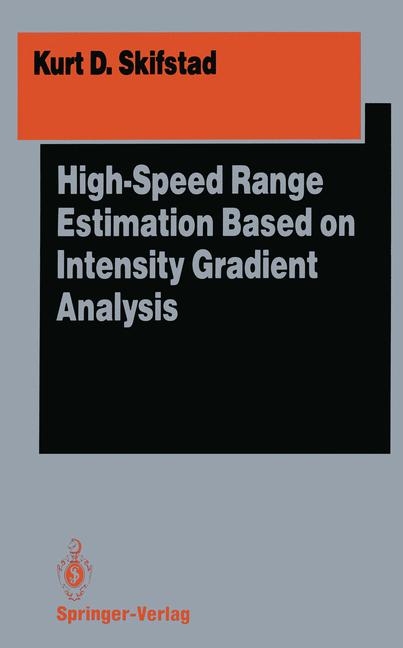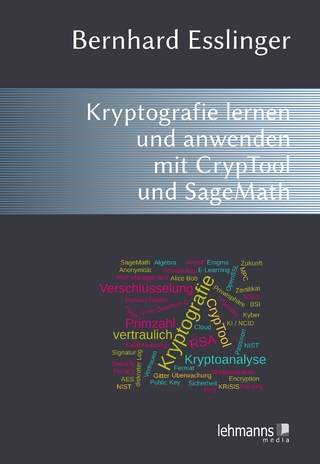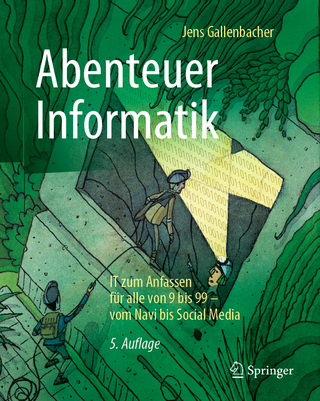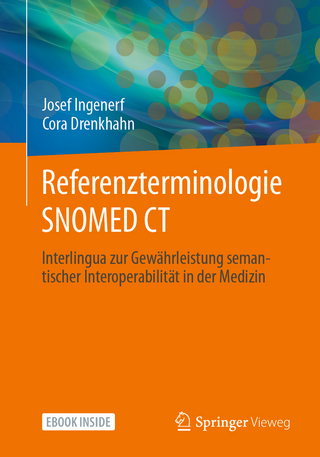
High-Speed Range Estimation Based on Intensity Gradient Analysis
Springer-Verlag New York Inc.
978-0-387-97479-8 (ISBN)
- Titel ist leider vergriffen;
keine Neuauflage - Artikel merken
A fast and reasonably accurate perception of the environment is essential for successful navigation of an autonomous agent. Although many modes of sensing are applicable to this task and have been used, vision remains the most appealing due to its passive nature, good range, and resolution. Most vision techniques to recover depth for navigation use stereo. In the last few years, researchers have started studying techniques to combine stereo with the motion of the camera. Skifstad's dissertation proposes a new approach to recover depth information using known camera motion. This approach results in a robust technique for fast estimation of distances to objects in an image using only one translating camera. A very interesting aspect of the approach pursued by Skifstad is the method used to bypass the most difficult and computationally expensive step in using stereo or similar approaches for the vision-based depth esti- mation. The correspondence problem has been the focus of research in most stereo approaches. Skifstad trades the correspondence problem for the known translational motion by using the fact that it is easier to detect single pixel disparities in a sequence of images rather than arbitrary disparities after two frames. A very attractive feature of this approach is that the computations required to detect single pixel disparities are local and hence can be easily parallelized. Another useful feature of the approach, particularly in naviga- tion applications, is that the closer objects are detected earlier.
1 Introduction.- 1.1 Purpose.- 1.1.1 The Intensity Gradient Analysis Algorithm.- 1.1.2 Active Vision.- 1.2 Philosophy.- 1.3 The Structure of This Thesis.- 2 Approaches to the Depth Recovery Problem.- 2.1 Sensing Modalities.- 2.1.1 Active Modes of Sensing.- 2.1.2 Passive Modes of Sensing.- 2.2 Vision as a Primary Mode of Sensing.- 2.3 Literature Survey.- 2.3.1 Stereo.- 2.3.2 Camera Modeling.- 2.3.3 Image Matching: The Correspondence Problem.- 2.3.4 Feature Extraction.- 2.3.5 Computational Requirements.- 2.3.6 Optical Flow-Based Approaches.- 2.3.7 Gradient-Based Approaches.- 2.3.8 Depth From Focus.- 2.3.9 Structure (Shape) from “X”.- 2.3.10 Analysis of Spatio-temporal Solids.- 2.4 Summary.- 3 Depth Recovery.- 3.1 Depth Recovery Using Translational Sensor Motion.- 3.2 Special Case: Axial Camera Motion.- 3.3 Special Case: Lateral Camera Motion.- 3.4 The Parameters Needed for Depth Recovery.- 4 Theoretical Basis for IGA.- 4.1 Acquiring a Sequence of Images.- 4.2 Two Ideas and Their Implications.- 4.2.1 Induced Image Displacement.- 4.2.2 Temporal Coherence.- 4.2.3 Finding Disparity Without Solving Correspondence.- 4.2.4 Correlation vs. the “Opportunistic Procrastination” Approach.- 5 Intensity Gradient Analysis.- 5.1 Isolating Fixed Image Displacements Using Intensity Gradients.- 5.2 Why Do More Work?.- 5.3 Extending to Two Dimensions.- 5.4 The IGA Algorithm.- 5.4.1 The Initialization Stage.- 5.4.2 The Depth Recovery Loop.- 5.4.3 Computational Requirements.- 6 Implementation Issues.- 6.1 Problems with Real-World Sensors.- 6.1.1 Temporal Stability of the Imaging Sensor.- 6.1.2 Finite Spatial Resolution.- 6.1.3 Geometry of Conventional Imaging Arrays.- 6.2 Uncertainty in the Camera Motion Parameters.- 6.2.1 The “translation stage” scenario.- 6.2.2 The worst-case scenario.- 6.3 Moving Objects.- 6.4 Summary.- 7 Fixed Disparity Surfaces.- 7.1 Examples of FDS’s.- 7.2 Interpreting FDS’s.- 7.2.1 Example: Axial Camera Motion.- 7.2.2 Other Imaging Geometries.- 7.2.3 Selecting an Imaging Geometry.- 7.3 Fixed Disparity Surfaces and Conventional Stereo.- 8 Experiments.- 8.1 Experimental Setup.- 8.2 Calibration Procedures.- 8.2.1 Camera Alignment.- 8.2.2 Determination of Focal Length.- 8.3 Experiments.- 8.3.1 Smoothing Window Size.- 8.3.2 Threshold Value.- 8.3.3 Disparity.- 8.3.4 Camera Spacing.- 8.3.5 Orientation Angle.- 8.3.6 Lens Focal Length.- 8.3.7 Subsampling.- 8.4 Outdoor Scenes.- 8.5 Conclusions.- 9 An Application: Vision-Guided Navigation Using IGA.- 9.1 Navigation.- 9.2 Experimental Setup.- 9.2.1 The Platform.- 9.2.2 The World Model.- 9.2.3 Integrating Information.- 9.2.4 Path Planning.- 9.2.5 Camera Control Strategy.- 9.3 Experiments.- 9.3.1 Four Boxes Land.- 9.3.2 The Box Jungle.- 9.3.3 Five Box Land.- 9.3.4 Virtual Barrier Navigation.- 10 Conclusion.- 10.1 Future Research.- 10.1.1 Information Assimilation.- 10.1.2 The Construction of Dense Depth Maps.- 10.1.3 Multiple-sensor Implementation.- 10.1.4 VLSI Implementation.- 10.1.5 Moving Objects and Single-sensor IGA.- 10.2 Contribution.
| Reihe/Serie | Springer Series in Perception Engineering |
|---|---|
| Zusatzinfo | 8 Tables, black and white; X, 182 p. |
| Verlagsort | New York, NY |
| Sprache | englisch |
| Gewicht | 450 g |
| Themenwelt | Informatik ► Theorie / Studium ► Algorithmen |
| Informatik ► Theorie / Studium ► Künstliche Intelligenz / Robotik | |
| ISBN-10 | 0-387-97479-2 / 0387974792 |
| ISBN-13 | 978-0-387-97479-8 / 9780387974798 |
| Zustand | Neuware |
| Haben Sie eine Frage zum Produkt? |
aus dem Bereich


